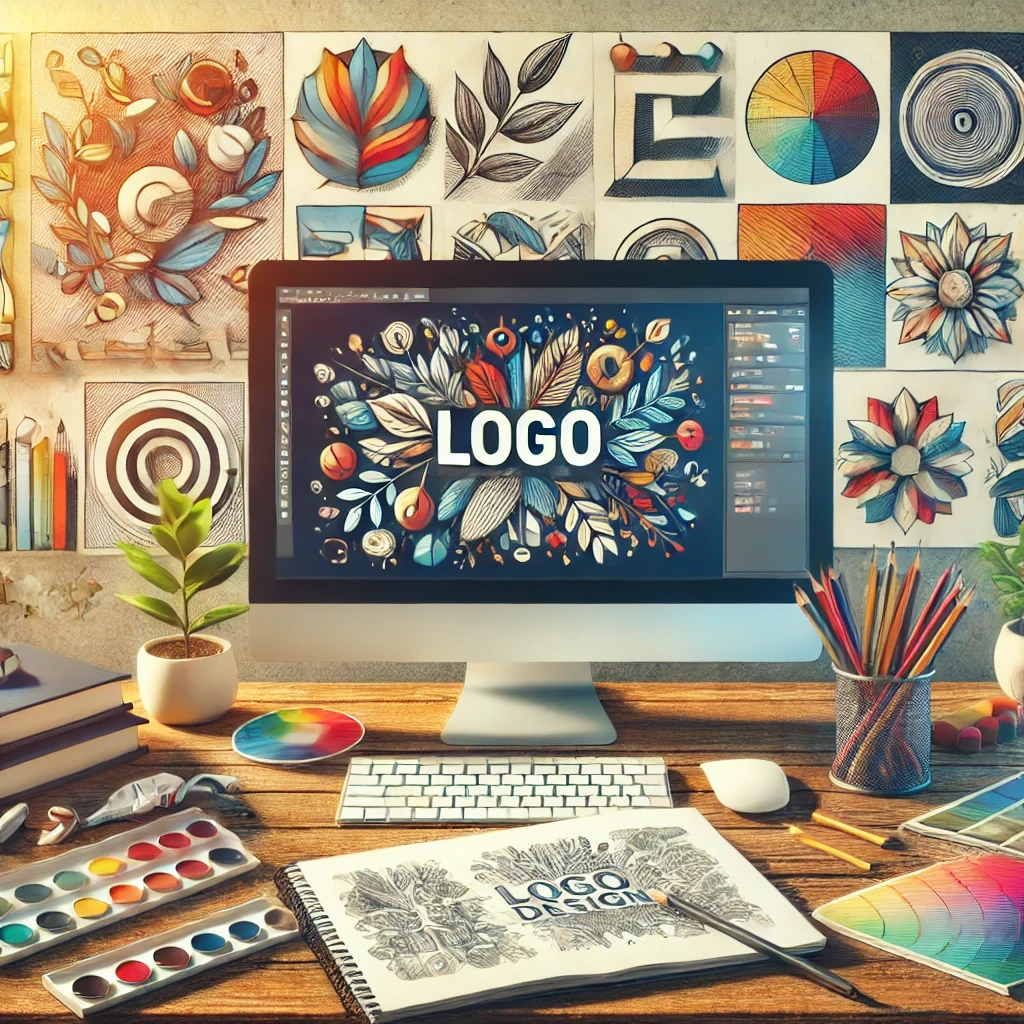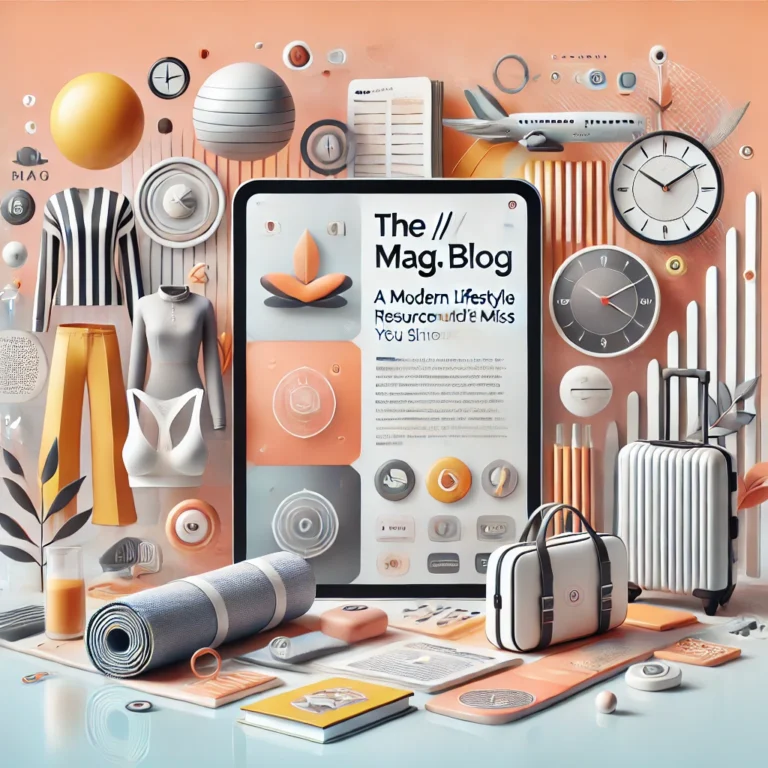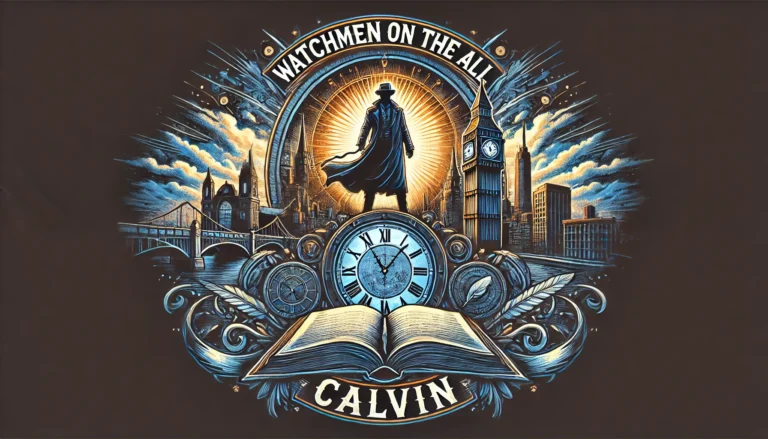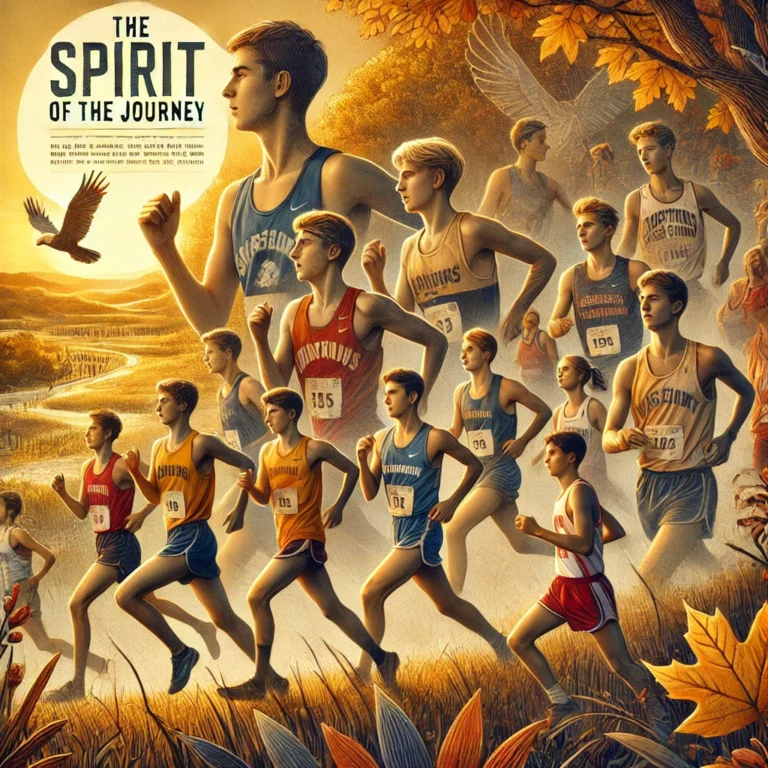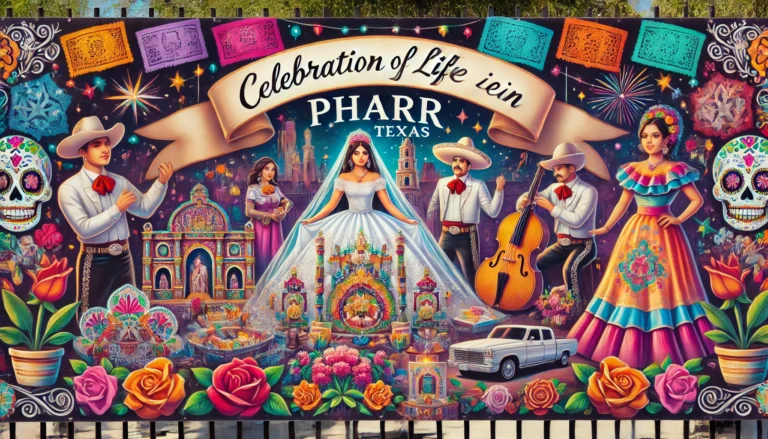What Illustration Could Be Used to Represent Logos?
The choice of illustration within a logo is crucial as it shapes the perception of the brand. Logos are one of the most powerful visual tools for businesses, organizations, and individuals. A logo communicates identity, values, and purpose in a single glance. This article will explore various illustrations that can be used to create impactful logos, offering insights into their suitability and meaning.
1. Abstract Illustrations
Abstract illustrations are versatile and visually appealing, making them ideal for modern and creative brands. These designs often use shapes, lines, and patterns to evoke emotions or ideas without being overly literal.
- When to Use: Abstract illustrations work best for businesses in creative industries, technology, or those seeking a contemporary look.
- Examples:
- A tech startup might use geometric patterns to convey innovation and structure.
- A wellness brand could incorporate flowing lines to suggest harmony and balance.
- Advantages:
- Timeless and adaptable to various media.
- Encourage interpretation, making the brand memorable.
- Disadvantages:
- May require additional branding elements to clarify the brand’s purpose.
2. Nature-Based Illustrations
Nature-inspired logos include elements like leaves, trees, mountains, and animals. These illustrations evoke feelings of growth, stability, and connection with the natural world.
- When to Use: Ideal for eco-friendly brands, outdoor products, or health and wellness industries.
- Examples:
- A green energy company could feature a leaf intertwined with a sun.
- An adventure gear brand might depict mountains or rivers.
- Advantages:
- Instantly relatable and appealing to audiences with eco-conscious values.
- Provides a sense of authenticity and sustainability.
- Disadvantages:
- Risk of appearing generic due to common usage.
3. Mascots and Character Illustrations
Mascots or characters add a personal touch to logos. They can be playful, relatable, and memorable, making them a favorite choice for brands targeting families or younger audiences.
- When to Use: Best for brands in food, entertainment, or education sectors.
- Examples:
- A children’s educational platform could feature a friendly owl wearing glasses.
- A snack brand might use a cheerful anthropomorphic character.
- Advantages:
- Builds an emotional connection with the audience.
- Offers storytelling opportunities in branding.
- Disadvantages:
- May not suit formal or luxury brands.
4. Minimalist Illustrations
Minimalist logos are sleek, modern, and uncluttered. They focus on essential elements to convey the brand’s identity effectively.
- When to Use: Suitable for tech companies, luxury brands, and businesses wanting a modern appeal.
- Examples:
- A fintech startup might use a simple line drawing of a currency symbol.
- A luxury watch brand could feature an elegant hourglass.
- Advantages:
- Highly versatile and scalable across platforms.
- Timeless and professional appearance.
- Disadvantages:
- Risk of being too simplistic, potentially reducing memorability.
5. Typography-Based Illustrations
Typography can be a powerful design element in logos. By integrating illustration within the text, brands create unique and visually compelling logos.
- When to Use: Ideal for brands emphasizing their name or tagline.
- Examples:
- A bakery could use stylized fonts with swirling flour patterns.
- A tech company might integrate circuit-like designs into their lettering.
- Advantages:
- Combines branding with artistic creativity.
- Keeps the focus on the brand name.
- Disadvantages:
- Requires skilled execution to maintain readability.
6. Cultural and Historical Symbols
Cultural and historical illustrations connect brands to specific traditions, values, or time periods. These designs often incorporate motifs, patterns, or imagery rooted in a particular culture or history.
- When to Use: Best for heritage brands, cultural organizations, or those targeting niche markets.
- Examples:
- A handcrafted jewelry brand might use traditional floral motifs.
- A museum could incorporate historic artifacts in its logo.
- Advantages:
- Builds authenticity and aligns with cultural values.
- Creates a sense of pride and identity among the audience.
- Disadvantages:
- Misrepresentation or cultural appropriation risks if not researched thoroughly.
7. Geometric Illustrations
Geometric shapes bring a sense of order and precision to logo design. They’re often used to symbolize structure, logic, and modernity.
- When to Use: Suitable for architecture firms, engineering companies, or modern tech brands.
- Examples:
- A construction company might use interlocking hexagons to suggest strength and stability.
- A tech brand could feature overlapping circles representing connectivity.
- Advantages:
- Clean and professional look.
- Easy to adapt into scalable designs.
- Disadvantages:
- May lack emotional appeal.
8. Hand-Drawn Illustrations
Hand-drawn logos exude authenticity and individuality. These designs often feel more personal and approachable.
- When to Use: Ideal for artisanal brands, small businesses, or creative ventures.
- Examples:
- A coffee shop might use a sketch of a steaming cup.
- An independent bookstore could feature a hand-drawn stack of books.
- Advantages:
- Stands out with a unique and custom feel.
- Resonates with audiences seeking authenticity.
- Disadvantages:
- May not scale well for all mediums.
9. Tech and Futuristic Illustrations
Futuristic logos use sleek, cutting-edge designs to convey innovation and forward-thinking values.
- When to Use: Best for AI, robotics, or high-tech companies.
- Examples:
- A drone manufacturer might use an abstract depiction of a drone in flight.
- A blockchain company could feature digital patterns symbolizing security.
- Advantages:
- Aligns with modern technological trends.
- Appeals to innovation-focused audiences.
- Disadvantages:
- Could become outdated as trends evolve.
10. Symbolic Illustrations
Symbolic logos use universally recognized icons to communicate core ideas instantly. These designs are often simple yet powerful.
- When to Use: Ideal for global brands or those requiring instant recognition.
- Examples:
- A heart symbol for a charity organization.
- A globe for an international travel agency.
- Advantages:
- Easy to understand across cultures and languages.
- Scalable and effective in various applications.
- Disadvantages:
- Can be generic if not customized.
Key Considerations When Choosing Illustrations for Logos
- Brand Identity: Ensure the illustration aligns with the brand’s mission, values, and target audience.
- Simplicity: Avoid overly complex designs that may lose impact when scaled down.
- Versatility: The logo should work across various platforms, from digital to print.
- Cultural Sensitivity: Research thoroughly to avoid unintended offense or misrepresentation.
- Timelessness: Choose designs that will remain relevant as trends evolve.
Final Thoughts
Choosing the right illustration for a logo is both an art and a science. The perfect logo blends creativity, relevance, and simplicity to make a lasting impression. By understanding the strengths and applications of different illustration styles, brands can craft logos that resonate with their audience and stand the test of time.
